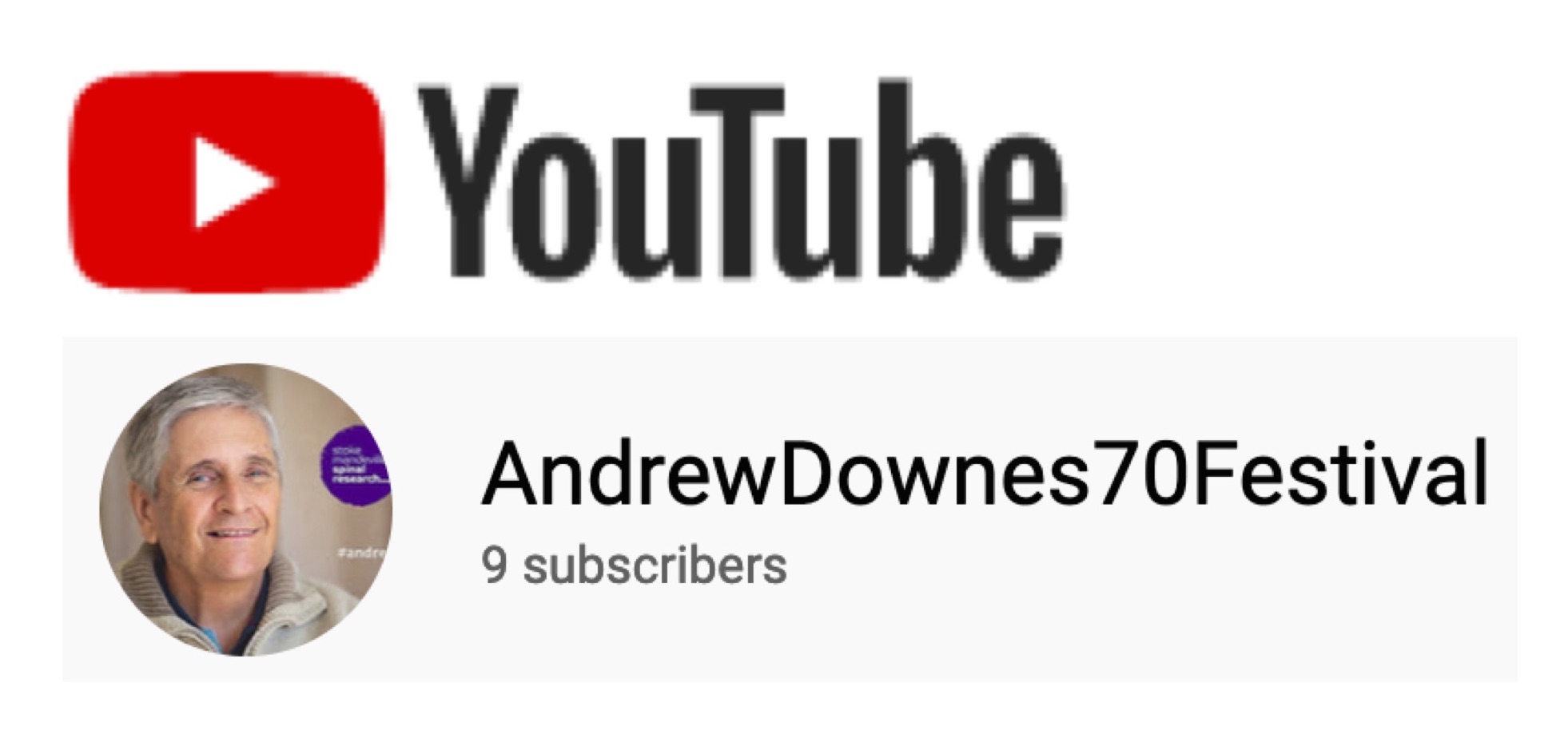Back to andrewdownes.com

Music Education
Resources by Paula Downes, a lot of music by Andrew Downes
Analysis and Performance through Film:
Song No.2, 'Something Tapped'
On this page:
Analytical Description
Performing the Song
Film Adaptation
View Score Composer Information
Analytical Description:
This poem was written in August 1913. The poet is awoken by a sound at the window and believes it is Emma's ghost asking him to join her. When he moves closer he sees a moth tapping at the window instead.
Something tapped on the pane of my room
When there was never a trace
Of wind or rain, and I saw in the gloom
My weary Beloved's face.
"O I am tired of waiting," she said,
"Night, morn, noon, afternoon;
So cold it is in my lonely bed,
And I thought you would join me soon!"
I rose and neared the window-glass,
But vanished thence had she:
Only a pallid moth, alas,
Tapped at the pane for me.
The poem has three stanzas, and is predominantly monosyllabic emphasising melancholy, coldness and loneliness. The long, soft vowels at the end of each line add to this atmosphere. The music in stanza one is also very cold with the use of quasi recitative and ambiguous tonal centre, creating a feeling of apprehension as we wait to see what is tapping at the window. In the last line, the music becomes warmer as Hardy sees Emma: the voices breaks away from the monotone on E natural and goes up the dorian scale on D, reaching D with a warm G7 chord on 'weary' and a warm E7 chord on 'face'. Although this is the first instance of tonal stability in the song, the music is left unresolved on an E7 chord at the end of the stanza, portraying a lack of reality.
In the second stanza, long vowels (o, i, ire, ai) and the warmth of tonal stability (the use of the dorian mode on D), portray Emma's dream-like ghost. The piano has a triplet semi-quaver accompaniment marked meno mosso, molto legato, p, tenderly and allow notes to vibrate freely. Downes repeats the phrase, 'tired of waiting' to create a feeling of impatience on Emma's part. Hardy suggests this feeling in the second line, 'night, morn,...', where monosyllabic words containing long vowels underline her impatience. At this point in the music there are at least two quavers for each word making the word-setting more laboured, and the music rises in tessitura. In the third line, Hardy reverts back to hard/sharp consonants of stanza one, and the short vowel on 'bed' conveys stark loneliness. The warm accompaniment suddenly stops, and the piano plays cold dissonant flourishes while the voice sings on a monotone on D. The warm accompaniment returns for the last line, and Downes repeats the words so that they fade away with a diminuendo marking, as though the ghost is disappearing.
The fact that the music in stanza three is almost the same as for stanza one suggests that the mood is the same in both stanzas of the poetry. Hardy recreates the earlier feeling of loneliness with short vowels and sharp 's's on 'glass' and 'alas'. Line two is the only line in the poem with a regular meter of an iambic tetrameter. This highlights the line as being very important: Emma isn't actually there!
Performing the Song:
The singer has a great deal of freedom in stanza one due to the recitative-style music. There are ample possibilities for the tempo, for the dynamics and for the uses of the different qualities of the voice. One option could be to crescendo, with a build-up of emotion in the voice, and to speed up during the monotone in line one; and to maintain this louder dynamic, but to slow down towards 'rain' in the middle of line three. From 'And I saw in the gloom', there are more precise dynamic markings in the music (piu legato, p<mf>), but it might be effective to speed up during the monotone, and to slow down towards the end of the stanza. The diminuendo marking highlights the unresolved chord on face, and therefore the lack of reality. The singer could aim to sound as mysterious as possible, perhaps by ending the stanza in half-voice.
In order to emphasise the contrast between the two stanzas, the voice could be used in a different way for each one. The singer may, however, decide to use the same method of singing for both stanzas because the music already provides so much contrast. For the repeat of 'tired of waiting', the singer could either sing the second one more loudly to show impatience, or more quietly as a kind of resigned echo; the triplets on the first 'waiting' could be very laboured to illustrate how tiresome the waiting is. The singer has the option of making a crescendo in line two - it would be difficult not to, as the tessitura is so high, and it would show the frustration of waiting. If the singer has decided to use contrasting styles of singing for stanzas one and two, line three may provide the opportunity to revert back to the style of singing employed in stanza one; in addition, the word 'cold' could be pedantically articulated, and 'lonely' could be drawn out. For the repeat of 'you would join me soon', Downes has prescribed an echo, so the the repetition of 'tired of waiting' in line one (see above) could be treated differently from this.
Stanza three uses almost exactly the same material as stanza one, but it could be performed very differently: after the warmth of stanza two, there is a feeling of less momentum on the monotone than in the corresponding line in stanza one. Line two could be performed slightly more dramatically than the rest of the stanza: as well as emphasising the fact that this line is important, it would mean that 'Only a pallied...' would seem a lot calmer than, 'And I saw...'.
Film Adaptation of 'Something Tapped'
You are now invited to watch a film realisation of 'Something Tapped':
Subscribe to our youtube channel:
NOW MOVE ON TO:
Analysis and Performance though Film: Song No. 3, 'Where the Picnic Was'
Analysis and Performance though Film: Song No.4, 'At Castle Boterel'
Analysis and Performance though Film: Song No.5, 'The Curtains Now Are Drawn'
OR BACK TO:
Analysis and Performance through Film: Song No.1, 'The Division'
CASE STUDY Andrew Downes' Old Love's Domain: Analysis and Performance through Film
Analysis and Performance: A Survey of the Literature
Return to the top of the page
Home>Cross-Curricular>Something Tapped

Music Education
Resources by Paula Downes, a lot of music by Andrew Downes
Back to andrewdownes.com
Follow Cynthia Downes on Instagram to keep up-to-date with her blog posts.
If you have performed in any of Andrew Downes' works or come to listen, please share your experiences in the Premieres Blog! Also see what others have said. Thank you so much for your contribution.


